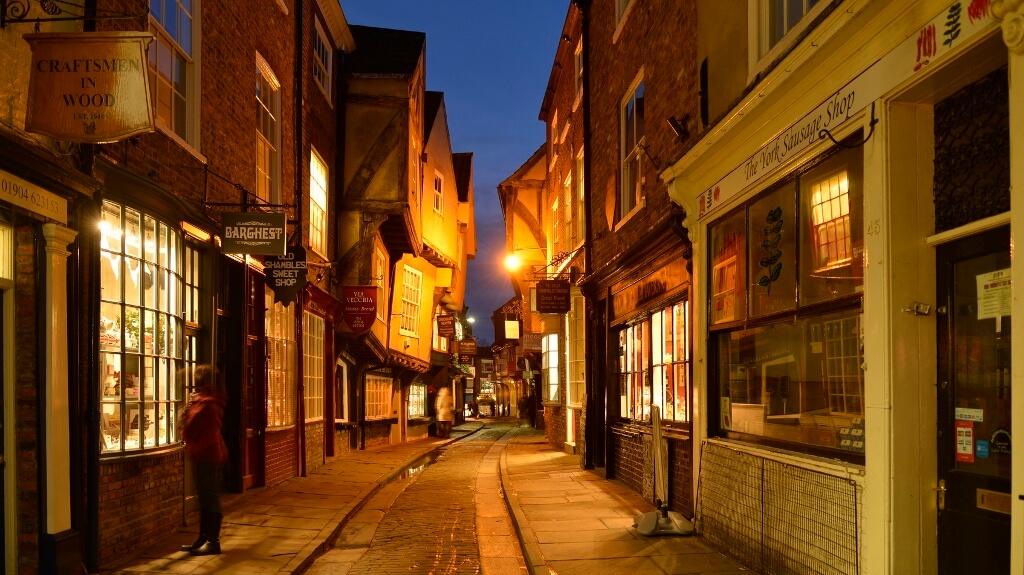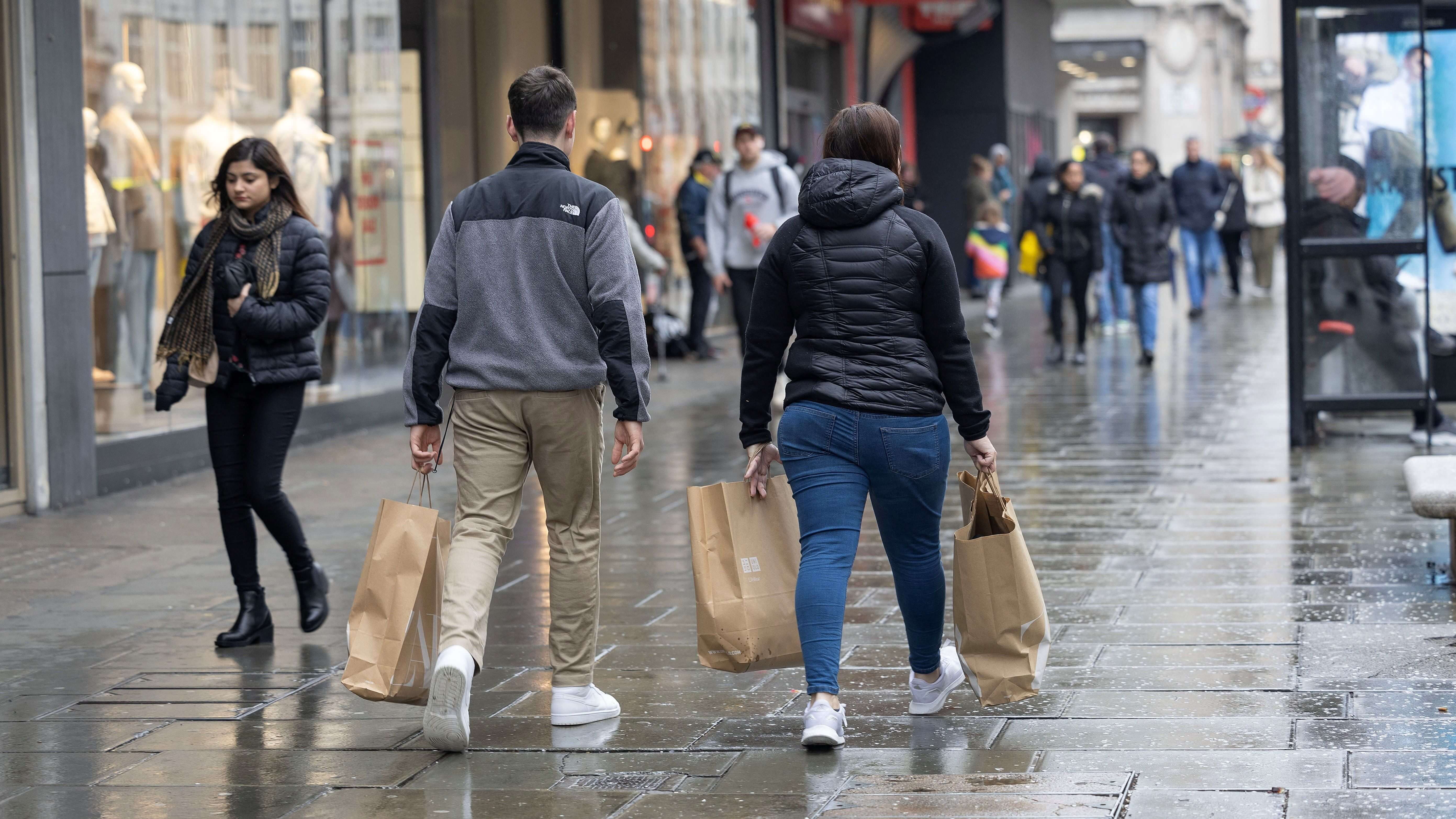The future of the high street hangs in the balance. Will independent shops and pop-ups be its saviour?
Could Smaller Retailers Be The Saviours Of The UK High Street?
The future of the high street hangs in the balance. Will independent shops and pop-ups be its saviour?

For anyone operating in retail, every day seems to bring another bad headline. Recent sales figures have been flat, with customer footfall in April plummeting at its steepest rate for two years, according to the British Retail Consortium.
Then there were the recent failures of big names BHS and menswear retailer Austin Reed, pointing to a treacherous trading environment even for well-established businesses. Faced with such challenging conditions, what hope do smaller retailers have of survival, let alone success?
Youth thinks small is beautiful
The surprising answer, according to some, is that SMEs could be the solution to the high street’s current crisis. In the wake of the controversial BHS collapse, several retail analysts insisted the high street would survive into the future, fuelled specifically by the rise in independent, standalone businesses.
It’s not just artisan bakers, gift shops, and cafes keeping the town centres of Britain alive. Even online retailers are testing the old-fashioned shopping model, as seen most recently when e-tailer Notonthehighstreet.com launched a pop-up shop in London to gauge interest in its offering among real world shoppers.
Interestingly, younger consumers seem to be driving this return to physical retail – and smaller enterprises. Research shows the 18 to 24-year-old age group says it prefers to use one-off companies, with one in three preferring an independent retailer to a chain.
Millennial shoppers are also increasingly keen on physical stores, despite the common perception of young people operating online, one US study found. This enthusiasm for small, physical shops among younger people offers great hope and potential for businesses to develop strong, long-term customer relationships with the future buying public.
A unique offering
So, why do consumers say they prefer independent shops? Small retailers certainly can’t afford to compete with larger rivals on price, but they can offer something different – a degree of exclusivity by selling a limited number of unique products, as well as exemplary, personalised customer service.
Evidence suggests this type of bespoke experience is what people increasingly crave in a world dominated by globalisation and big corporate businesses.
Seven out of ten shoppers would be more likely to use their local high street if it had greater numbers of one-off shops, one study by Groupon and Kantar Retail found.
Independent clothes shops, artisan food and drink outlets, and book shops were particularly popular local shopping options. Almost half of those questioned said they wanted a high street shop that knew who its customers were and what they wanted. These are two things at which small retailers have traditionally excelled.
Smart small firms will exploit this natural advantage, working hard to express the business’s identity, as well as collaborating with neighbouring businesses, their council, and the community to cultivate activity in an area.
Tech solutions to tough times
Nevertheless, the reality of retailing remains difficult, even since the Government exempted hundreds of thousands of small retailers from business rates.
Wet weather early in 2016 hit sales, which damaged cashflow in many smaller outlets. The first months of the year are often a time when Boost Capital sees more businesses seeking bridging finance, including many retailers, but April was our busiest month ever.
Retailers’ financial shortfall has been exacerbated by unemployment and uncertainty about the forthcoming EU referendum, both of which have dented consumer confidence. Wage growth has also remained low, meaning people have less to spend. Meanwhile, the national living wage was introduced in April, disproportionately affecting the retail sector.
Then, there is the internet, with online sales causing many bricks and mortar operations to suffer. However, technology is not all bad news for physical stores, though it is radically changing the retail landscape.
Just having a high street shopfront is no longer enough, especially when one in five retail sales in Britain will be made online by 2019. SMEs need a transactional website alongside physical premises, with a blend of traditional retail and virtual service becoming the growing norm.
More retailers are developing this omnichannel approach, allowing customers to browse items online, typically via a smartphone, then order remotely and collect in-store - or vice versa, buying in the shop, but receiving delivery at home.
It sounds complex, but with investment in the right technology, and good third-party relationships with experts who can handle deliveries, returns, and other logistics, SMEs can run a very sophisticated operation.
People increasingly want this mix of old-fashioned shopping and online convenience, and small firms - unburdened by the legacy IT systems or ingrained business processes that hold back larger companies - can act swiftly to meet this need.
Learning from others’ mistakes
So, there are advantages to being small – retail SMEs are in fashion, closer to their customers, plus nimble enough to adapt quickly to changing trends and shopping practices. But smaller retailers can still learn from their larger peers – and their mistakes.
A criticism of BHS was that it had become tired and out-of-date, both in its estate and stock. Small firms may have a closer proximity to their customers than larger chains, but they should never assume knowledge of them. That level of insight takes ongoing research in-store, through analysis of sales data, and, once again, using technology.
Social media can be a cheap and useful way to engage with customers, and it’s accessible even to the smallest enterprises. Wise business owners will use platforms such as Twitter, Facebook or Instagram both for marketing and research purposes.
It may also be time to look at your physical premises, and ask yourself honestly if it still looks an attractive shopping environment in the early 21st century.
We at Boost Capital provide finance for many business owners to refurbish their sales floors, as well as improving infrastructure behind the scenes, and the impact on the bottom line can be impressive. The challenge is to sell the right things in the right way both in your shop and online. Sometimes it’s necessary to invest to create the perfect balance, but short-term debt can lead to a long-term gain.
There is no doubt that retail remains a tough industry in which to operate, but people will always need to shop. And those who were predicting the death of the high street due to the internet just a few years ago are now having to eat their words. It is those who stay abreast of consumers’ desires and behaviour who will win in the race for customers.
Smaller retailers are in a great position to do so - innovating, reacting, and accurately serving the shopping public’s needs. The high street has a lot of life in it yet – and its biggest future opportunities may lie with small businesses.
Thanks for signing up to Minutehack alerts.
Brilliant editorials heading your way soon.
Okay, Thanks!




